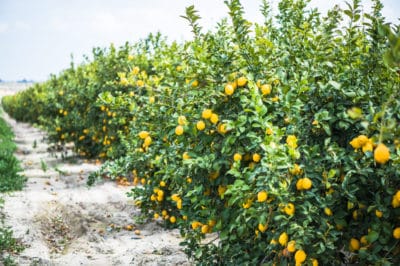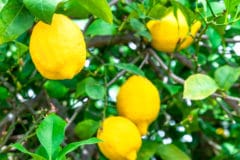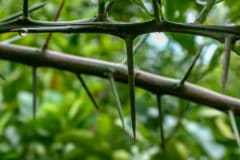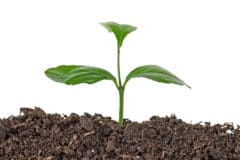Lemon Tree Origins
Botanists generally agree that lemon trees originated in Asia, but disagree as to exactly where. Myanmar, China and India all get credit. In the northeastern Indian states of Assam and Sikkim, the Himalayan forests are home to wild lemon trees.
Cultivation History
The ancient Romans brought lemons to southern Italy by the second century A.D, but they weren’t widely cultivated in Europe until some twelve centuries later. Lemon seeds accompanied Christopher Columbus on his 1493 voyage to the New World, and Spanish colonists may have planted them in St. Augustine, Florida by the mid-16th century.
By the 1750s, lemons were growing in California’s Spanish settlements but their commercialization there took another 120 years. By the 1950s, Arizona and Florida had started lemon-growing industries to supply the frozen juice and lemon oil markets.
Major Lemon Producing Countries
Today’s leading lemon-producing countries are:
- India
- Mexico
- China
- Argentina
- Brazil
In the United States, lemons grow in USDA plant hardiness zones 9 through 11. California and Arizona still account for most of its commercial production.
Lemon Trees and Frost
One of lemon trees’ great virtues is their year-round flowering and fruiting. The downside? This ongoing growth habit makes them highly susceptible to frost damage:
- A drop to 29º F (-1.7º C) kills flowers and young fruit.
- A drop below 28ºF (-2.2º C) damages almost-ripe fruit.
- The leaves start dropping at 22º to 24ºF (-5.6º to -4.4ºC).
- Unless temperatures have been near freezing for two or more weeks and growth has slowed, a temperature of 20ºF (-6.7ºC) may permanently damage the wood.
Expert gardener’s tip: Frost-preventive measures include draping the trees with frost blankets and watering them thoroughly the day before the temperature drops.
Other Growing Conditions
In addition to the right climate,growing your own lemon tree requires eight or more hours of daily sun and well-draining, sandy or sandy loam soil. If that’s not available, a 3- to-4-foot raised bed prevents waterlogged roots.
Along with the right site, seasonally-appropriate irrigation and early-spring to late-summer fertilizer applications will keep the tree at its lemon-producing best.












